The intervention had the goal of assisting practitioners to bridge the gap between the design activity and user activity in a Medical Imaging Center project, in the Netherlands. The center would have state of the art diagnosing machines based on techniques such as Magnetic Resonance Imaging (MRI), Positron Emission Tomography (PET-MRI), Computed Tomography (CT), and Electroencephalography (EEG). The project tried to combine research, technology development, education, and care in the same imaging center.
The intervention focused on managing stakeholder participation. The stakeholders were firstly mapped by their relationships to the center.

Then, stakeholders were mapped according to the groups and technologies they used to collaborate with each other. This was useful to identify communication gaps due to technology barriers.
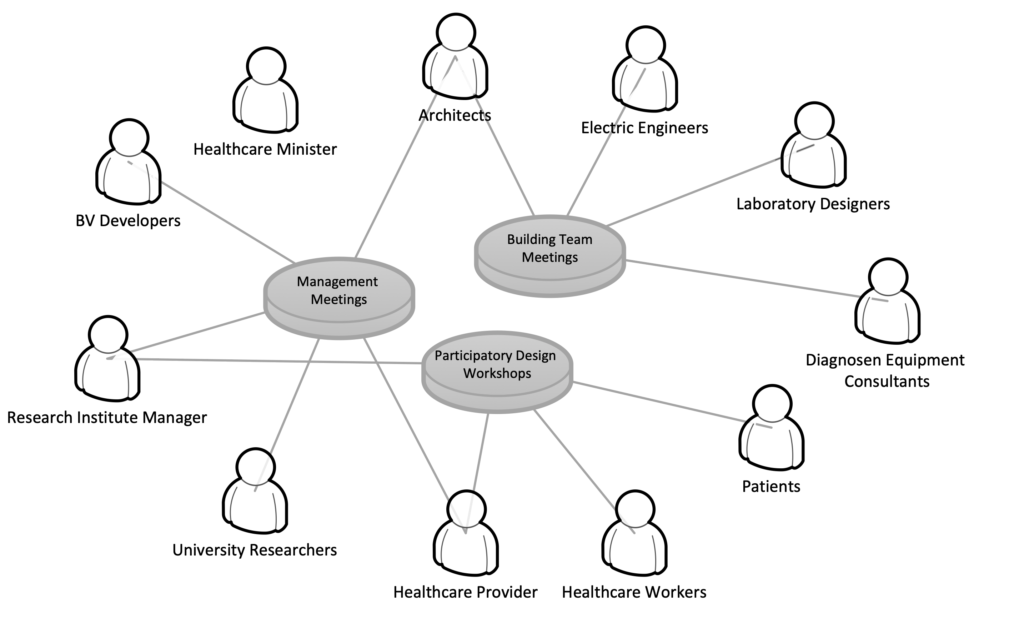
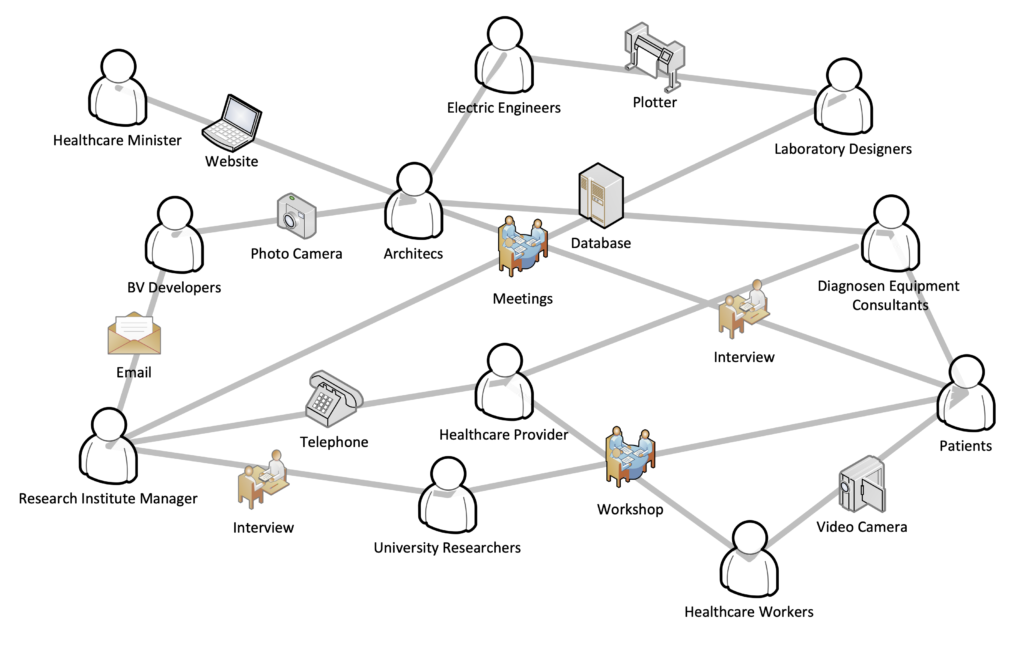
Stakeholders were invited for a couple of workshops to review the center’s floor plan layout and other issues. We developed low-tech visualizations to mediate these workshops, which were later followed up by high-tech visualizations based on the collected/negotiated data.
While making the high-tech visualizations. I was particularly interested in how to express the time dimension, which is overlooked in current modeling tools. This effort led to the development of the walking paths parametric design tool.
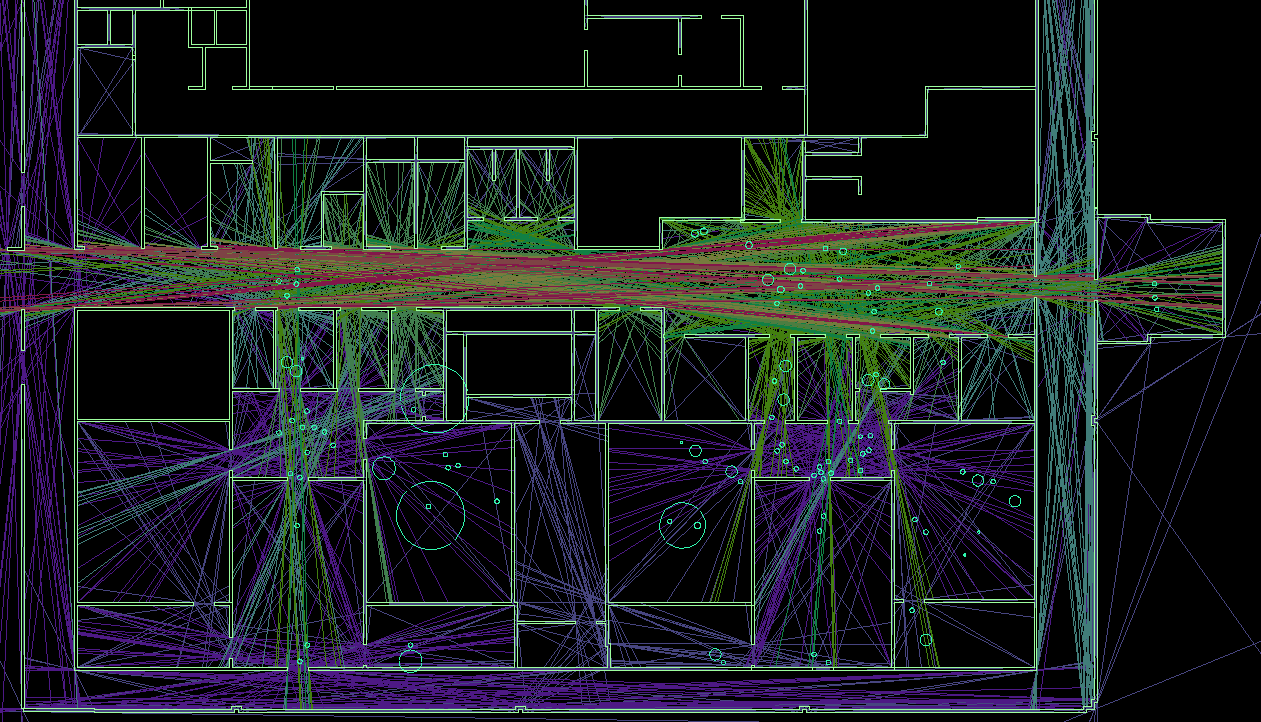
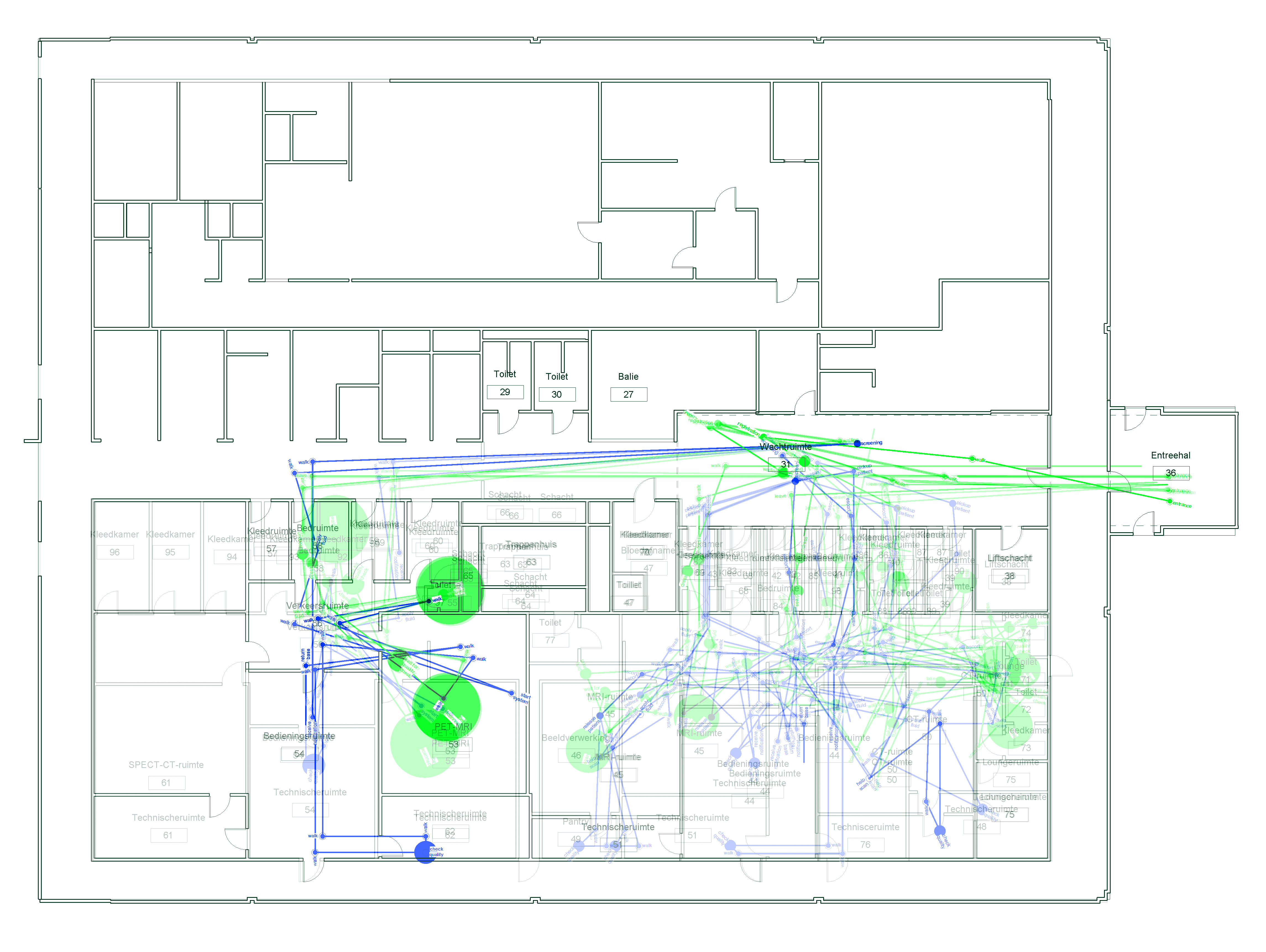


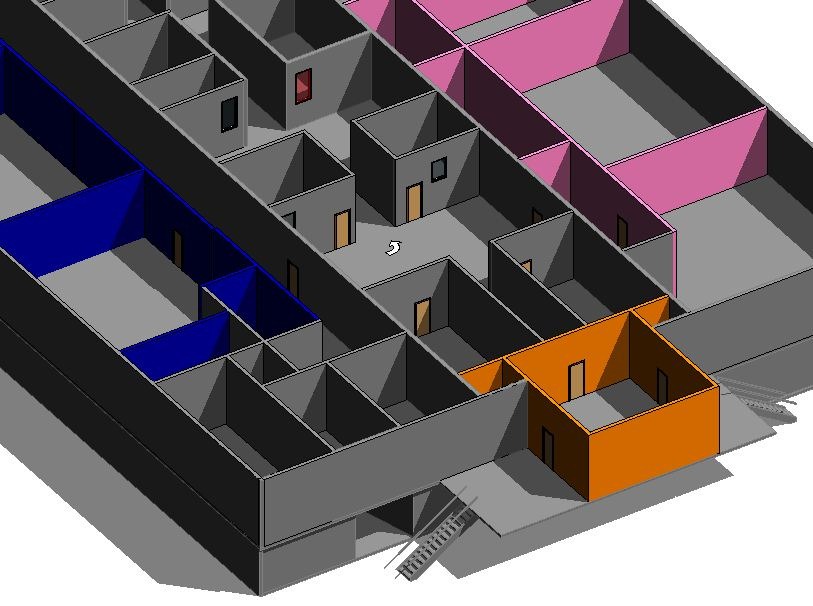






References
Zerjav, V., Hartmann, T., & van Amstel, F. M. (2014). A leadership-as-practice perspective on design in architecture, engineering and construction projects: interaction analysis of a collaborative workshop. Engineering Project Organization Journal, 4(4), 1-13. DOI: http://dx.doi.org/10.1080/21573727.2014.970177
Van Amstel, F. M.C., Zerjav, V., Hartmann, T., van der Voort, M. C., & Dewulf, G. P. (2015). Expanding the representation of user activities. Building Research & Information, 43(2), 1-16. DOI: https://doi.org/10.1080/09613218.2014.932621

